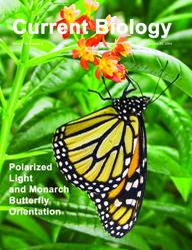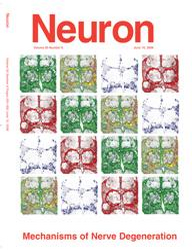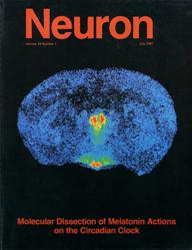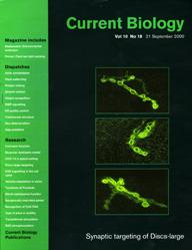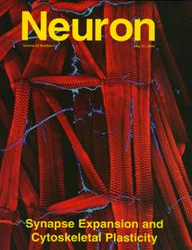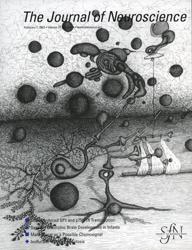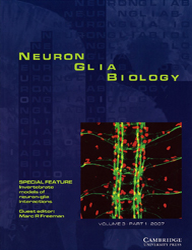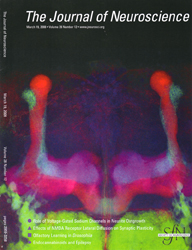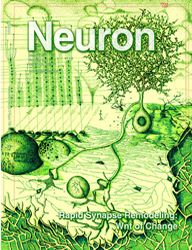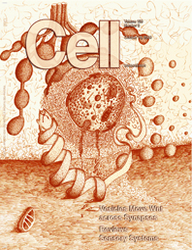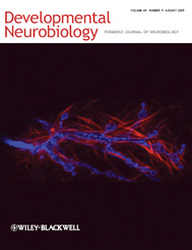About Neurobiology
Our Vision
One of the greatest challenges of the 21st century is to bridge the gap from single molecules to behavior. This challenge requires a comprehensive and integrative approach, well beyond the scope of isolated research teams. It also requires the use of organisms in which the genetic underpinnings of brain function and behavior can be teased apart efficiently and in an unbiased manner. We have created a singular environment that fosters innovative neuroscience research through the integration of multiple levels of analysis in conventional invertebrate models such as Drosophila and C. elegans, as well as in unconventional models like the monarch butterfly. Research teams are highly collaborative and interactive, conducting their research in laboratories devoid of physical boundaries, and allowing a natural flow of information and expertise, which synergizes the process of discovery. This environment not only promotes exponential advances in neuroscience, but also provides a unique setting of excellence and high standards for the training of graduate students and postdoctoral fellows.
The Department
The immense power of our brain defines us as humans. The brain controls our emotions, provide us with the capacity to think and to act, to learn and to remember, endows us with consciousness of ourselves and our surroundings, and subconsciously directs a myriad of bodily functions.
Founded in 2001, the Department of Neurobiology at the University of Massachusetts Medical School has evolved into a unique and integrated hub of investigators addressing fundamental problems in neurobiology, from single molecules to behavior, primarily using invertebrate model organisms. Combining cell biological, physiological and behavioral analyses with a critical interventionist angle afforded by cutting-edge genetic approaches, the Department aims to understand the complexity of brain development and function.
Why Invertebrates?
Many advances in neuroscience would not have been possible without the knowledge first acquired in invertebrate organisms, which have been used to address fundamental questions, such as how an electrical signal is conducted down the axon, how neurotransmitters are released at a chemical synapse, what are the genes required for the development of a neuron, what are the cellular and molecular mechanisms that give rise to circadian behaviors, and what are the intracellular events that give rise to long-term modifications in synaptic efficacy. These fundamental cutting edge concepts in neuroscience all arose from the study of invertebrate nervous systems.
The relative simplicity and accessibility of invertebrate nervous systems provides a clear experimental advantage to understand brain function. Furthermore, the short life cycle of most invertebrates permits a very rapid and extensive genetic analysis. Genes can be manipulated in months, compared to years in mammalian systems. Although simple, the invertebrate nervous system directs a repertoire of complex behaviors, including circadian rhythms, courtship and the ability to learn and remember. In many cases, these behaviors are driven by well-mapped neural circuits - exemplified by the roundworm C.elegans where the connectivity of the entire nervous system has been described. We can manipulate specific neurons within these circuits using a battery of genetic tools and surgical methods that were developed through study of invertebrate model organisms. This unique interventionist perspective, allows an unmatched understanding of the neural networks underlying sensory processing and behavior. Importantly, the conservation of genes and processes mediating neural development and function through evolution allow us to unravel universal principles applicable to all animals with nervous system, including humans.
We are also interested in exploiting new invertebrate systems with spectacular behaviors, such as the monarch butterfly (Danaus plexippus), which, during its fall migration, navigates over long distances using a time-compensated sun compass. The butterfly also allows the development of genetic tools that may be applicable to other insects with remarkable behaviors, including social insects like honeybees and ants.
Our Faculty
Stretching across multiple levels in the analyses of brain development and function, the Department has developed several areas of strength:
Mechanisms of neuronal and glial cell fate:
Dorothy Schafer
Mechanisms of synapse development, function and plasticity:
Mark Alkema, Vivian Budnik, Michael Francis, Hong-Sheng Li, Dorothy Schafer
Function of glial cells in sculpting synaptic connectivity:
Vivian Budnik
Neuronal circuits underlying behaviors:
Mark Alkema, Patrick Emery, Michael Francis, Dorothy Schafer
Neurohormones/neuromodulators in behavior:
Mark Alkema, David Weaver
Circadian Rhythms:
Patrick Emery, David Weaver
Behavioral mechanisms; learning and memory:
Mark Alkema
Neuronal circuitry regulating the sleep-wake cycle:
Christelle Anaclet
Mechanisms of axon regeneration and degeneration in the aging nervous system:
Alexandra Byrne
The roles of Inhibitory neurons in neuropsychiatric diseases:
Kensuke Futai
Drugs of abuse and memory:
Gilles Martin
Monoamine Transporters, Neuropsychiatric Disorders and Addiction:
Haley Melikian
Neuronal nicotinic acetylcholine receptors in addiction and neurological disease:
Andrew Tapper
The laboratories for the Department are housed on one floor of a state-of-the-art, 340,000 sq ft research building completed in October, 2001. A research goal of the Department is elucidating fundamental mechanisms of brain function using model genetic systems. Specific areas of emphasis include molecular, cellular and developmental neurobiology.


